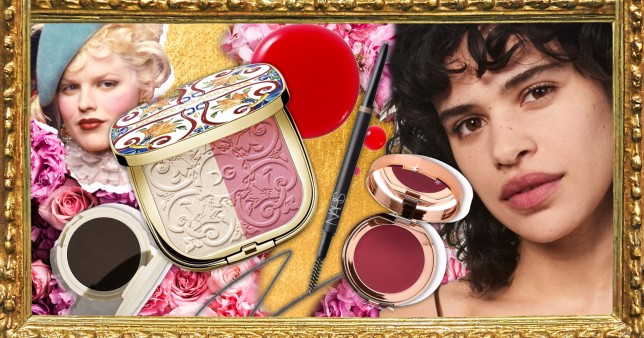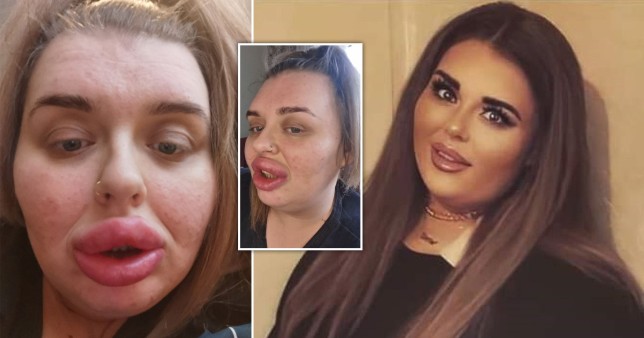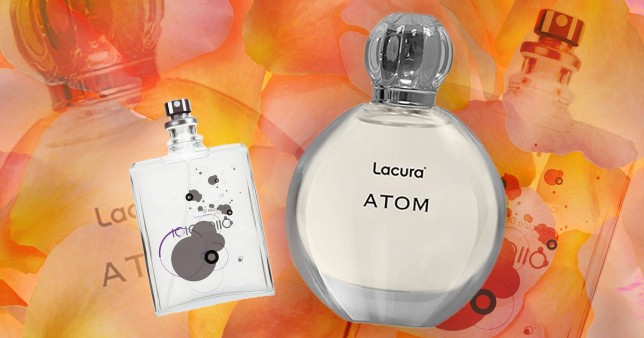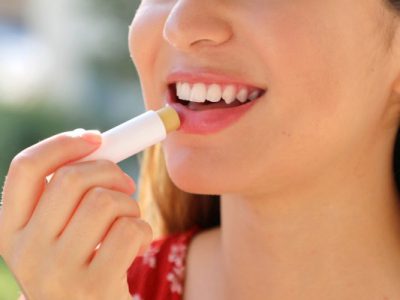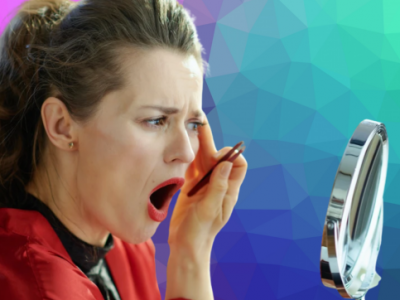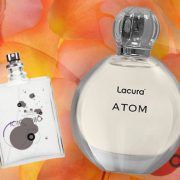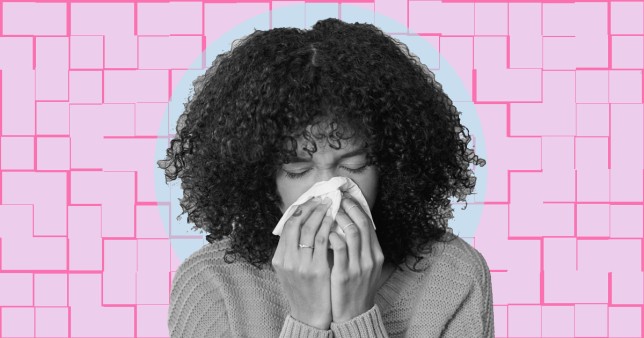

The worst part of having a cold isn't a cold itself – it's how red, raw, dehydrated and even scaly your skin around onto your nose and mouth can become.
Thanks to blowing onto your nose several time a day on rough tissues, along with the dry feeling this leaves, skin could be left worse for wear once the offending illness has transpired.
Your usual skincare routine probably isn't cutting it.
And that's increasingly important to us it appears – a recent report by L'Oréal found that online conversations around self-care and 'healthy skin' have risen by 60% since pre-pandemic times.
Caroline Hirons, renowned skincare expert, has long seen the significance of the wonder business too, which lockdown only appeared to highlight towards the remaining consumer industry.
This weekend working in london, she'll be talking about skincare and debuting her latest kits, which pay homage to her most tried and trusted products.
So how does she advise getting your skin to full health after a bad bout of sickness?
Dehydrated skin
'Weirdly, it's a good time for you to invest in an acid – which you'd think could be crazy,' she tells Metro.co.uk.
Obviously to not be utilized on broken skin, she explains: 'If you're just dry and appear shriveled, an acid can help exfoliate in the surface level and then when you do apply moisturiser after, it will seem like it's doing something.
'If your skin's really dry and you are just attempting to put moisturiser on, it feels greasy and it doesn't absorb as well.'
When she was recently ill herself, Caroline went for Dr Dennis Gross Alpha Beta Ultra Gentle Daily Peel pads, which are glycolic-free (a harsher acid), with them once per week.
Skin after coronavirus
Research is still ongoing, seeing as this can be a new experience in the skin we have history.
Some studies have shown people emerge in rashes and experience raised bumpy skin following Covid-19.
Anecdotally, Caroline has heard about the virus triggering acne in certain people, for which a very different skincare routine would be advised.
Her other big recommendation is to invest in a mist packed with glycerin, rather than acid hyaluronic.
This is due to the pH degree of acid hyaluronic, which might slightly sting or irritate already raw skin.
'Invest inside a hydrating mist just to give some hydration that's minimal effort,' Caroline says, spritzing throughout the day to prevent things worsening.
The top recommendation in the skin guru is La Roche Posay Toleriane Ultra 8 Face Mist, owing to its skin-friendly ingredients.
'It's hard to fail with this particular one, as it is great for hydration given it's liquid glycerin,' she adds.

More: Shopping

20 chic and budget-friendly items to make your home look way more expensive than it is

The nation's favourite supermarket has been revealed

These are the best on-sale Amazon items that you'll actually use
Raw and vulnerable skin
If there is a broken skin barrier, you'll want soothing and barrier building ingredients first of all, Caroline advises – acid hyaluronic has its own devote skincare, but not in cases like this.
'It's not my first port of call,' she tells us. 'If you've got a damaged skin barrier, you would like building blocks, not water. Foundations are ceramides, peptides, glycerin.
'You want comfort basically, and hyaluronic acid needs to be followed with another thing – it's pointless on its own, it will just dehydrate.'
Her favourite moisturisers for this are Sunday Riley ICE Ceramide Cream and Dr Jart+ Ceramidin Cream.

Another texture to look for is a balm, which supports skin that feels sore and has a tight feeling.
You could layer an item underneath and use the balm over top to secure extra moisture, but if skin is especially compromised and sensitive, the best option is simply to make use of one alone.
For times such as this, Caroline reaches for La Roche Posay Cicaplast Baume B5 Soothing Repairing Balm – French pharmacy brands in many cases are great for damaged skin.
All of this should provide some 'relief', Caroline says, meaning skin feels better quicker.
What about when you invest in better?
Remember to change your skincare to how it was before you got ill, once your skin has recovered.
'When your skin changes, improve your skincare back because you don't want to be utilising something to thick permanently because then you're going to get spots,' Caroline says.


